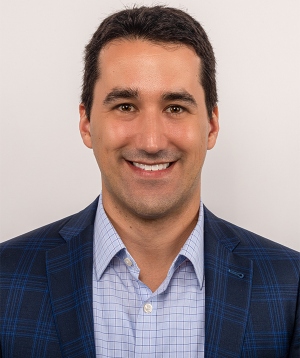Clinical Corner
QUS vs. foreign sunscreens – what are we missing out on?
Sunscreens produced in Japan, Korea, Canada, and the European Union are often known for being effective, cosmetically elegant, and may cost less than those offered in the United States (US). These sunscreens often utilize ultraviolet (UV) filters that are not available in the US due to FDA standards.1 Nevertheless, these products are readily available to US customers via E-commerce, warranting a basic understanding by US dermatologists.
In the United States, zinc oxide is the only available sunscreen ingredient that provides full UVA and UVB protection but is often viscous and classically leaves a white cast. The Tinosorb family (Tinosorb A2B, Tinosorb M, and Tinosorb S) provide both physical and chemical protection against the entire range of UVA and UVB. These filters tend to be photostable and help stabilize less stable ingredients like avobenzone.2,3 Tinosorb S offers one of the highest sun protective potencies of any sunscreen agent, is a chemical photoprotection with no white cast, and has a great safety profile.2 Other notable combined UVA/UVB sunscreen agents available outside of the US include Mexoryl XL, Uvasorb HEB, and amiloxate, all of which are chemical sunscreen agents.
Avobenzone is the only FDA approved chemical sunscreen with full UVA coverage and is notoriously unstable.4 Available worldwide, Uvinul A Plus offers full UVA coverage in addition to a high photostability that avobenzone lacks.5 Furthermore, the L’Oréal-owned sunscreen agent, Mexoryl SX, provides broad UVA coverage.6
Although there are a variety of sunscreen agents in the US that effectively protect against UVB, the US lacks more novel filters. Once such filter is Uvinul T 150 that gives the highest photostable absorption of all available UVB filters.2 Parsol SLX is another UVB filter that is heralded for its cosmetic elegance and ability to stabilize avobenzone.
- Glaser, K. S., & Tomecki, K. J. (2020). Sunscreens in the United States: current status and future outlook. Sunlight, Vitamin D and Skin Cancer, 355-379.
- Burkhart, C. G. (2022). Safer and More Broad-spectrum Ultraviolet Protective Sunscreens Available in Other Countries: Need FDA Approval for Public Health of Americans STAT. The Open Dermatology Journal, 16(1).
- Chatelain, E., & Gabard, B. (2001). Photostabilization of Butyl methoxydibenzoylmethane (Avobenzone) and Ethylhexyl methoxycinnamate by Bis‐ethylhexyloxyphenol methoxyphenyl triazine (Tinosorb S), a New UV Broadband Filter¶. Photochemistry and photobiology, 74(3), 401-406.
- Afonso, S., Horita, K., e Silva, J. S., Almeida, I. F., Amaral, M. H., Lobão, P. A., … & Lobo, J. S. (2014). Photodegradation of avobenzone: Stabilization effect of antioxidants. Journal of Photochemistry and Photobiology B: Biology, 140, 36-40.
- Kawakami, C. M., Máximo, L. N. C., Fontanezi, B. B., da Silva, R. S., & Gaspar, L. R. (2017). Diethylamino hydroxybenzoyl hexyl benzoate (DHHB) as additive to the UV filter avobenzone in cosmetic sunscreen formulations-Evaluation of the photochemical

